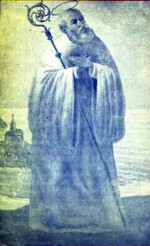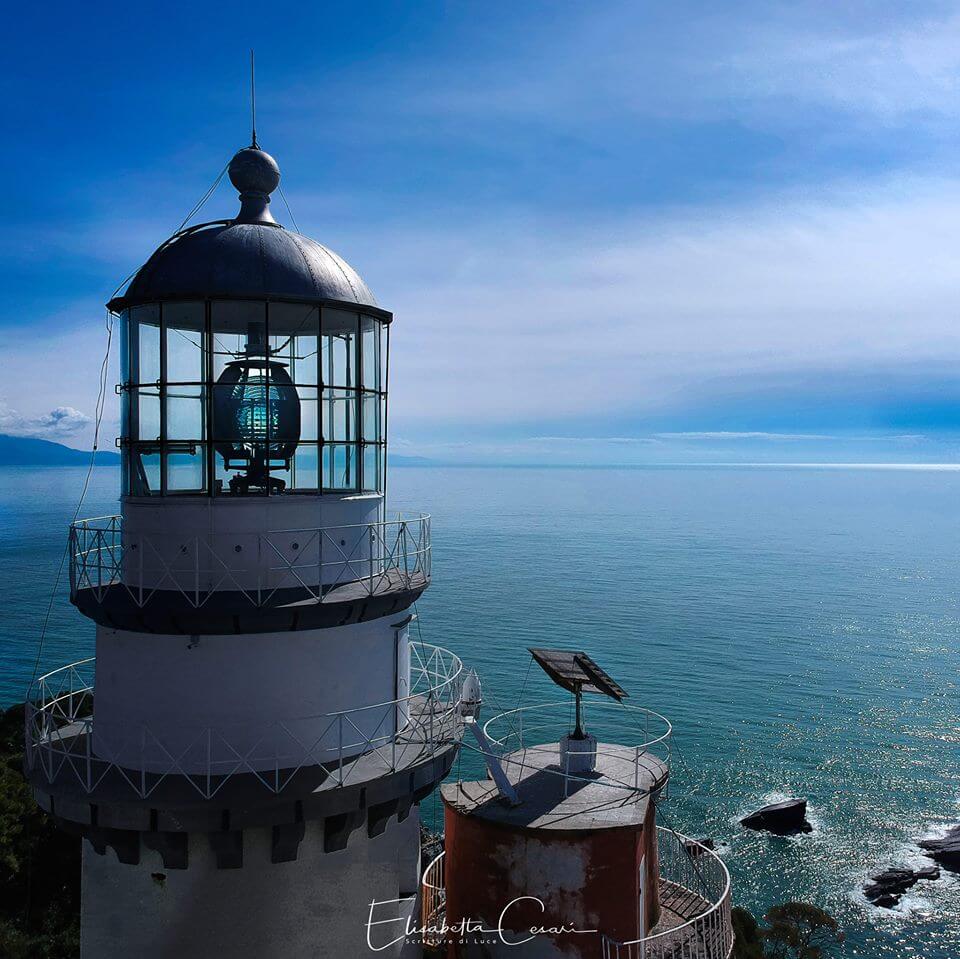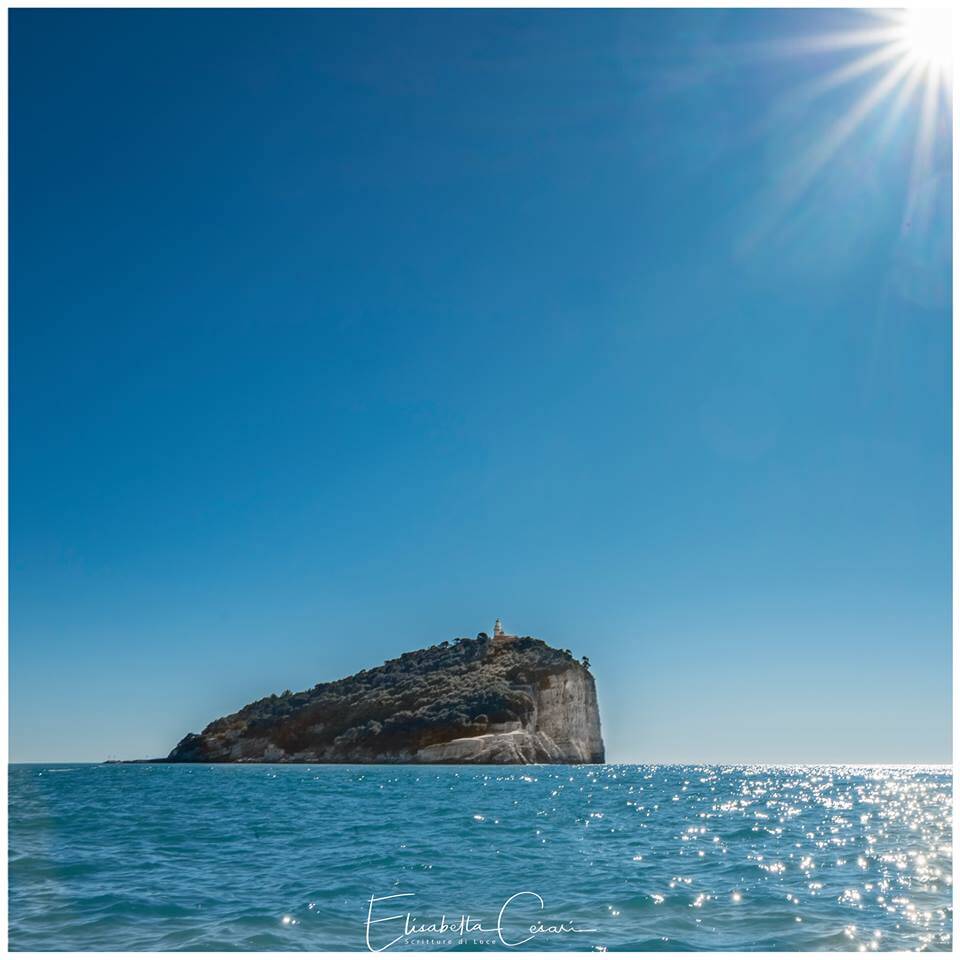Tino Island is a military space that is usually closed to visitors. But every year, on the occasion of the San Venerio Festival (13 September), it opens its frontiers to the public.
Isola del Tino is a UNESCO World Heritage Site along with Portovenere, the islands of Palmaria and Tinetto, and Cinque Terre.
San Venerio Festival 2025: how and when to visit Tino Island
In 2025, you can visit Tino Island on September 13, 14 and 15, with boats departing from Portovenere and La Spezia.
This event offers a rare opportunity to explore this corner of unspoiled nature, discover its breathtaking views and enjoy the beauty of the place!
Daily trips have been organized both from Portovenere and La Spezia, with mandatory reservations and for a limited number of participants.
Special trips to Tino from La Spezia
Schedule – Friday, September 12
1st shift, Saturday morning: departure at 09:00, mandatory return at 13:30 from Tino Island.
2nd shift, Saturday afternoon: departure at 13:00, mandatory return at 17:30 from Tino Island.
Schedule – Saturday, September 13
Single shift, Saturday afternoon: departure at 13:00, mandatory return at 17:30 from Tino Island.
Schedule – Sunday, September 14
1st shift, Sunday morning: departure at 09:00, mandatory return at 13:30 from Tino Island.
2nd shift, Sunday afternoon: departure at 13:00, mandatory return at 17:30 from Tino Island.
Special trips to Tino from Portovenere
Schedule – Saturday, September 13
Single shift, Saturday afternoon: departure at 13:30, mandatory return at 17:45 from Tino Island.
Schedule – Sunday, September 14
1st shift, Sunday morning: departure at 09:30, mandatory return at 13:45 from Tino Island.
2nd shift, Sunday afternoon: departure at 13:30, mandatory return at 17:45 from Tino Island.
Visit www.navigazionegolfodeipoeti.it to buy your tickets.
Who was San Venerio, Patron Saint of the Gulf of Poets and the protector of lighthouse keepers

San Venerio was a hermit monk in the monastery that once existed on the Island of Tino. On dark nights, he used to light up a bonfire to help traveling ships orientate themselves in the Gulf of Poets.
San Venerio was born on Palmaria Island in 560 circa and died on Isola del Tino in 630. Today, he is the Patron Saint of the Bay of La Spezia and the Protector of lighthouse keepers.
Venerio enters the Benedictine Monastery of Palmaria Island and becomes a monk. Then he moves to Tino, another nearby island because he wants to live alone. He flees from an environment where the Benedictine Rule, based only on prayer and work, is not respected enough. So, thinking that “it is better to be alone than in bad company”, he goes to be a hermit. On this island, Venerio prays and makes himself useful to everyone, especially the poor. With his advice as an expert sailor, the hermit finds ingenious solutions for the humble fishermen, such as when he builds a sail to improve navigation. When evening falls, Venerio collects branches and shrubs and lights a large bonfire on his island to illuminate the night and make the route of the fishing boats safer. [Text by Mariella Lentini on santiebeati.it]
Visiting Tino Island
Reported in medieval maps with the name of Tyrus Maior, the island of Tino has a surface area of approximately 130,000 m2 and a perimeter of almost two kilometres.

The iconic 19th-century lighthouse stands on the island’s top, 122 metres above sea level. It is a neoclassical fortified construction that has changed numerous times over time. It today represents an example of the transition between the military structures of the French school and the more recent fortifications of the 19th century.
In the northern part of the island are the ruins of the monastery of San Venerio. On the northwest tip is the Ronca Battery, a military fortress built in the 1920s as part of the fortified system of the Gulf of La Spezia.
A chapel was built in the 7th century on the site where the body of San Venerio was found, and it was transformed into an abbey in the 11th century.
There is also a tiny museum (accessible on the occasion of the feast of S. Venerio) with archaeological objects found in the area, including amphorae, fragments of lamps and coins from the Roman era.

The absence of people has allowed for the natural development of lush vegetation on Tino Island. Among the plant species, we can find holm oaks that reach up to 25 meters in height, sea fennel, maritime cineraria, candelabra tree, horned poppy, broom, Hottentot fig, red valerian, thyme, myrtle and rosemary.
You can spot the Tarantolino, the smallest Italian gecko and an endemic species, and the wall lizard among the island’s dry-stone walls. Herring gulls and peregrine falcons populate the skies.
Discover more from Discover Portovenere Blog
Subscribe to get the latest posts sent to your email.
2 Comments